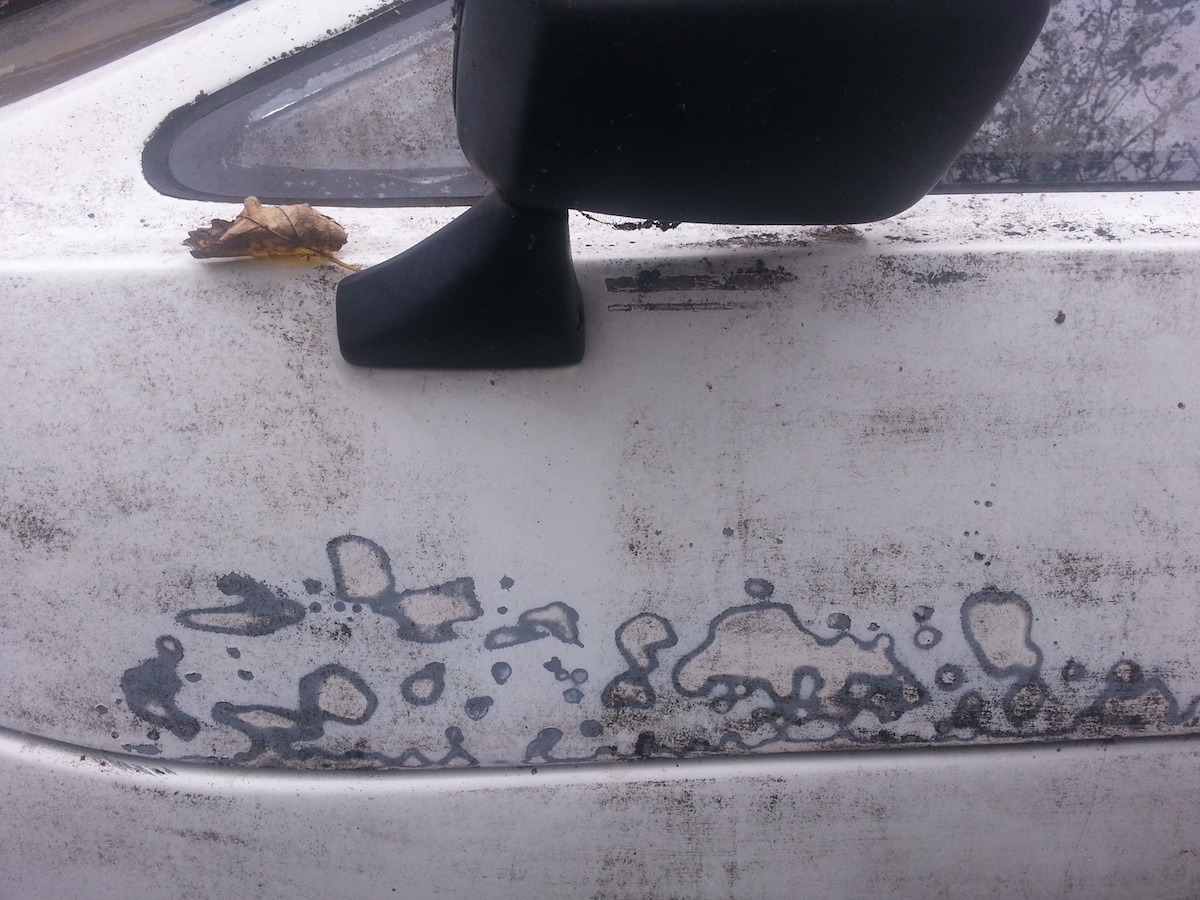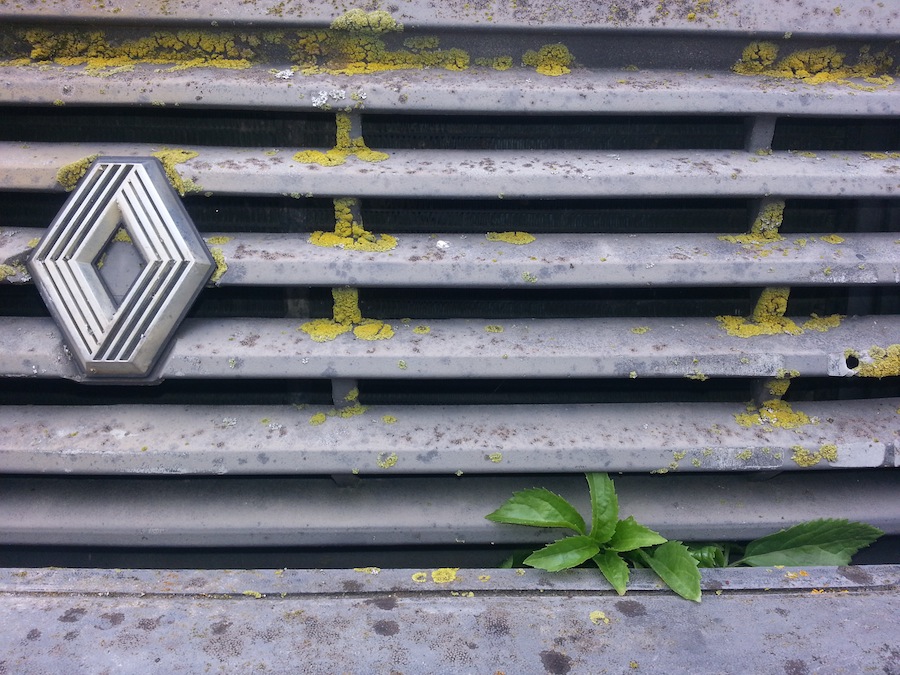Seeing Things
The worst thing that can happen to a car is not an accident, a crash.
These are computable as part of its portfolio of risks. Death for a car is when it is ground not to a standstill but to glacial change. Its speed is denied, and so it rots, undead, changing yet not moving.
Other cars avert their eyes as they pass these monstrous reminders of death. Materials become raw again, form disappears and design disassembles itself. The speedy assembly line of production brought these things together in an ecstasy of efficiency, movement, robotics, joy and profit. Now the environment passes over the car in agonizingly slow waves.
Car-crushing machines were so common in cops and robbers films and TV of the 1970s and 1980s because they instantaneously transformed the car into what it metaphorically already was – a coffin. The society that found itself newly car-bound found narratives about cars for itself: The Dukes of Hazzard, Chips, The Streets of San Francisco, Hill Street Blues, The French Connection, The A-Team, Starsky and Hutch, Vanishing Point, Smokey and the Bandit, Herbie. The dream-place of the car narrative was the scrapyard, an ecstatic transubstantiation of the car as material, an ashes-to-ashes, dust-to-dust moment of death and rebirth. What is a chunk of metal but a car that was, and a car to be?
But when a car is reclaimed by nature, it comes as agonising punishment. The car has sped up our lives, contorted our cities, our bodies, our commons, it has privatised whole swathes of space, and polluted the air, ground and water. A secondary list of black marks against automobility might include fracking, oil sands, Exxon Valdez, Deepwater Horizon, the Keystone pipeline, Ken Saro Wiwe, and the Corrib gas dispute (in Ireland). And I have not even mentioned oil wars. And I have not even mentioned climate change.
The Austrian architect Friedensreich Hundertwasser was in favour, among many other unexpected things, of encouraging mould to grow on his buildings. He would have definitely been a supporter of our campaign against time-lapse photography, which will be resumed soon. Watch this space. Take your time.




